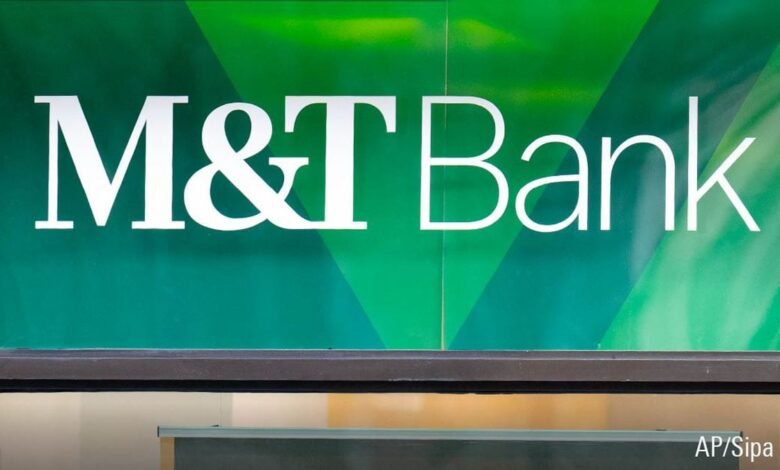M&T Bank Earnings: Strong Fee Income Growth and Positive Operating Leverage

Key Morningstar Metrics for M&T Bank
M&T Bank MTB delivered strong results, with fee income increasing by 24% annually. Adjusted earnings per share came in at $4.87, up 19% from the prior-year quarter. The results translate into a solid adjusted return on tangible common equity of 17.1%.
Why it matters: Fee income growth was driven mainly by mortgage banking revenue, trust income, and deposit service charges. We are also glad to see the bank delivering over 300 basis points of positive operating leverage, with revenue growth of 7.8% outpacing 4.6% expense growth.
- While mortgage banking revenue is more cyclical and can swing from quarter to quarter, we are glad to see the bank increasing its trust income by 6.5% from the prior year.
- The bank’s operating efficiency ratio of 54% in the third quarter was the best across our US regional bank coverage, which shows the strength of its deposit franchise.
The bottom line: As we incorporate M&T’s latest results, we will maintain our $199 fair value estimate for the narrow-moat-rated bank. We assess shares as undervalued.
- The market is worried about credit losses in the non-bank-depository lending area, as there have been recent collapses in Tricolor and First Brands, as well as some fraud events in other regional banks.
- We think M&T has a superior underwriting culture, and that the bank should handle potential credit losses well.
Key stats: M&T’s management team reported that the bank’s total exposure to NDFI was between 7% and 8% in the third quarter. Its top three categories are capital call lines, industrial REITS lending, and residential mortgage warehouse lending. We assess M&T’s NDFI exposure as not having elevated credit risks and its capital position as strong.
- M&T had a strong common equity Tier 1 ratio of 11.0% at the end of the third quarter, 380 basis points higher than its 7.2% regulatory minimum. This should give the bank plenty of excess capital to weather credit losses.
Editor’s Note: This analysis was originally published as a stock note by Morningstar Equity Research.
The author or authors do not own shares in any securities mentioned in this article.
Find out about Morningstar’s editorial policies.






